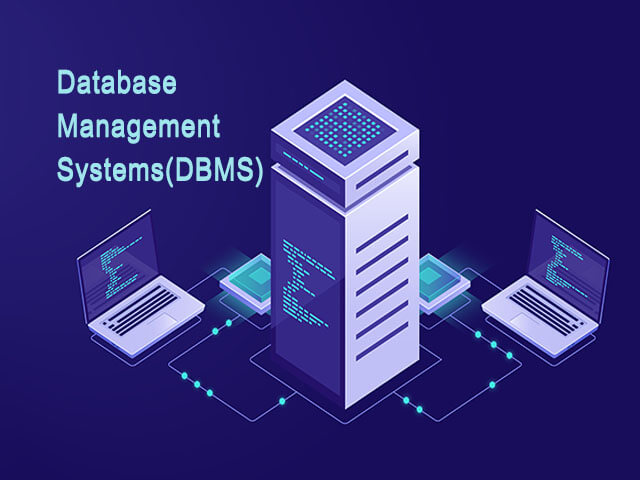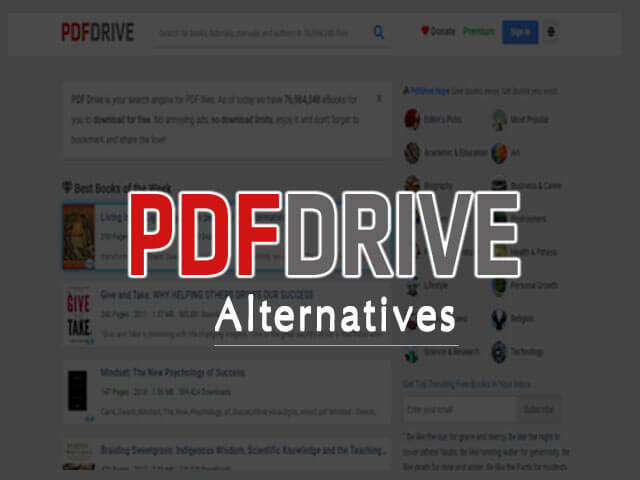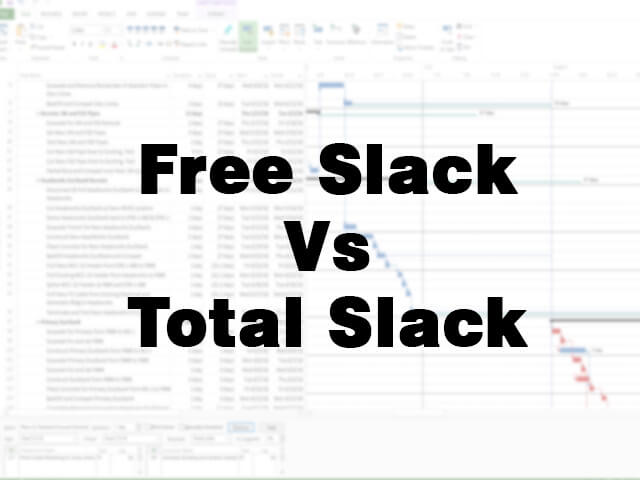Database Management Systems(DBMS)

What is DBMS (Database Management System)? Definition and FAQs
What is a DBMS?
Database Management System or DBMS is software used to manage databases. It provides an environment or interface where one can perform different database-related tasks. One can store and retrieve data with security.
Using DBMS, users can create as many databases as per their requirements and can perform some operations on the database such as
- Creating tables in a database
- Adding / updating data in existing tables inside a database
- Altering the tables etc.
All these operations can be done manually with help of an interface provided by the DBMS software or with help of a database query language called Structured query language (SQL).
Types of DBMS:
There are 4 basic types of Database Management Systems
- Hierarchical Database Systems.
- Network Database Systems.
- Relational Database Systems.
- Object-oriented Database Systems.
1. Hierarchical Database Systems:
This type of database model forms a tree-like structure. It is similar to how you arrange your computer folder. Like there is one parent folder, and it can have any number of sub-folders, and those subfolders can also have folders inside.
All the elements in the tree-like structure are called nodes. In our example, a folder can be considered a node. The relationship between two nodes is defined as “parent and child”. Like if one folder is considered a parent folder, then all the other folders inside the parent folder will be child folders or child nodes. Such databases have very limited use.
2. Network Database Systems:
This also has a hierarchical database structure. But in a hierarchical database system, we can have only one parent for many children. Like in our previous example, one folder can contain many subfolders. Whereas in-network database systems, we can have many many relationships. It is structured like a graph, where one child node can have more than one parent.
3. Relational Database Systems:
This is the most widely used and easiest database model. Using SQL (Structured Query Language), we can implement this relational model. In this model, data is stored in the form of rows and columns. (We will be seeing much of the Relational database in this article).
4. Object-oriented database system:
Here, the data is stored in the form of objects. An object is an instance of a class. One can access the objects of a class with help of the class. In such systems, we use some object-oriented programming languages for developing databases.
Advantages of using a DBMS –
1. Data Security:
Since the databases contain a lot of data, it needs to be secured from getting accessed by unauthorized users. Using a DBMS can help to keep unauthorized
users from accessing databases. Authentication is done as and when required pr when some sensitive data is tried to access, to make sure only authorized user is accessing the database.
2. DBMS helps reduce data redundancy:
Duplication of data is avoided as there is only one database and any change made in that database reflects the database immediately. With DBMS, we can avoid redundancy as it tells at the time of insertion if the data already exists.
3. Privacy:
Data privacy is important when it comes to databases. Only authorized users can access the databases according to privacy constraints.
4. Various functions allow efficient access to data:
DBMS comes up with some functions which help in efficiently accessing the data,
and many more.
Disadvantages of using DBMS –
Though there are numerous advantages of using a Database Management System, it has some disadvantages too –
The cost of a DBMS can be high.
The software and hardware cost required for a DBMS can be high, which can disturb your budget. However, it can be a great investment for a long-term project.
- Only trained people can use this software.
- With Database Management System, we cannot do complex calculations.
- and many more.
Some popular DBMS software –
There is much DBMS software available today. Many are open source i.e free to use and some are licensed.
Some popular DBMS software are –
- Oracle DB -(Open source).
- MySQL – (Community edition is open source)
- Microsoft SQL Server (MS SQL Server Express is free to download)
- PostgreSQL -(Open source )
- MongoDB – (open-source NoSQL)
- IBM Db2 (Community edition is free to download)
- Redis (open source(BSD licensed) )
- Elasticsearch (open source)
- SQLite (open source)
- Cassandra (open-source NoSQL)
The above is also the top 10 DBMS software used as of now.
Conclusion:
The DBMS software is easy to use and an efficient source to access very populated data inside a database. You can use any of the database systems according to the requirement.
However, a precise study about Database Management systems is suggested before using it in some cases as it can be quite expensive with its software and hardware cost. We do not promote or recommend any of the above DBMS software.
DBMS Quiz Questions with Answers
1. What is the full form of DBMS?
Ans: Full form of DBMS – Database Management Systems.
2. Is Excel a Database Management System?
Ans: Excel is spreadsheet software for creating and managing databases. But it has no schema. Therefore it is not actually a Database Management System (but MS- Access is).
3. What is SQL?
Ans: Structured Query Language or SQL is a query language used to effectively perform operations on databases. (used to communicate with databases)
4. what are the types of DBMS?
Ans: There are basically 4 types of DBMS-
- Hierarchical Database Systems
- Network Database Systems
- Relational Database Systems.
- Object-oriented Database Systems




